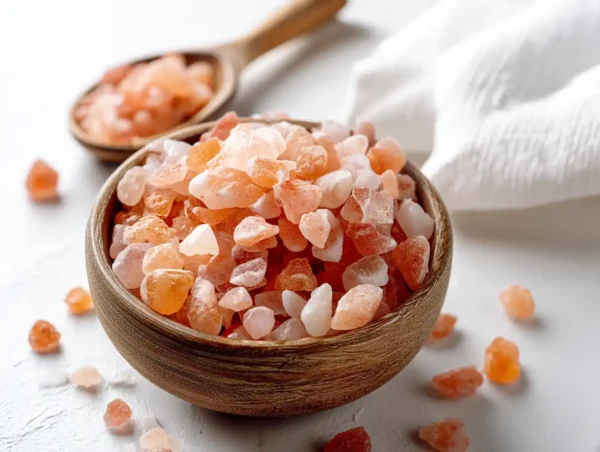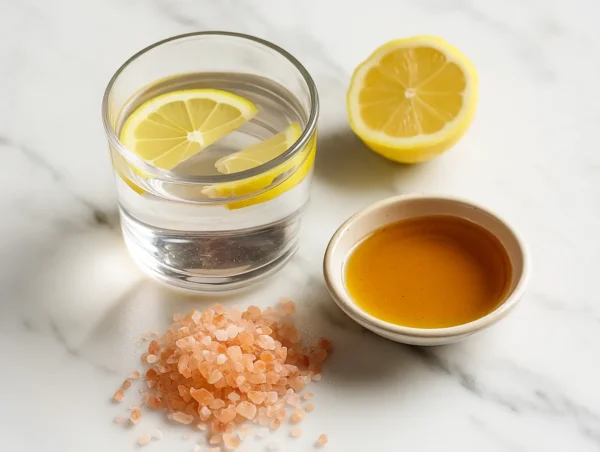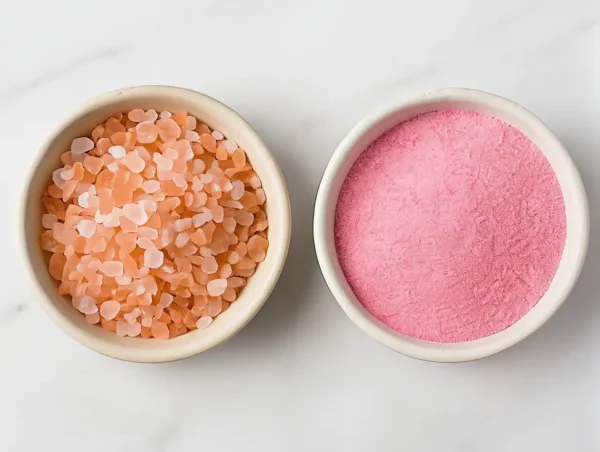
Table of Contents
How to make a cubano coffee: the heart of the ritual
More than a pick-me-up, Cuban coffee is a daily ritual rooted in community. In Miami’s bustling ventanitas, neighbors trade stories over tiny cups and a swirl of silky espumita. Here’s the cultural backdrop that makes learning how to make a cubano coffee feel like joining a living tradition.
The Social Ritual of Cafecito in Miami
At the center of Cuban culture, the cafecito is a pause button everyone shares: a tiny, sweet espresso that opens conversations, doors, and sometimes opportunities. Order at a ventanita and you’ll be greeted by first names, clinking demitasse cups, and the airy sugar foam that signals a fresh pot. The rhythm is unhurried, even when the line snakes down the sidewalk. People sip, chat, pass cups to coworkers, and head back revived. Because cafecito is concentrated, be mindful of caffeine if you’re sensitive, see the Mayo Clinic’s guidance for typical caffeine ranges. All of this context enriches your home brewing ritual.
What Is a Colada? The Joy of Sharing
A colada is a larger serving of cafecito poured into a styrofoam cup with several tiny plastic cups tucked alongside. One person orders; many people sip. In offices and neighborhood shops, the colada turns a coffee break into a mini celebration, reinforcing trust and belonging. You’ll notice the same glossy espumita and intense aroma, only multiplied for sharing. If you enjoy milkier textures, explore how crema and foam behave in classics like a cappuccino, then bring that insight back to your colada technique. When you learn how to make a cubano coffee, you also learn to pour generously with friends.

Exploring the Variations of Cubano Coffee
Cubano Coffee isn’t a one-note drink, it’s a whole family of flavors. From the pure punch of a cafecito to the velvety warmth of café con leche, each variation has its own moment. Understanding these styles lets you choose the one that fits your mood and occasion perfectly (learn more about its origins).
What Is a Cortadito? (Cuban Cortado)
The cortadito is the smoother cousin of the cafecito. It’s a shot of strong Cuban espresso gently “cut” with a splash of warm milk, still sweetened to create that signature balance of bold and creamy. Traditionally enjoyed after lunch or dinner, it’s a satisfying close to a meal. When you explore breve coffee techniques, you’ll notice how milk changes the mouthfeel and sweetness, much like in a cortadito. For those who love Cubano Coffee but want a softer edge, this is your perfect cup.
What Is Café con Leche? (Cuban Latte)
Café con leche is the Cuban breakfast classic, an equal mix of robust espresso and steamed milk, often sweetened, and served alongside buttery toast or tostada. In Cuban households, mornings often start with dipping the toast into the warm, milky coffee, a simple pleasure that fuels the day. This variation keeps the flavor of Cubano Coffee but mellows its intensity, making it an easy introduction for new coffee drinkers. As coffee research from the NIH suggests, moderate coffee intake can be part of a balanced lifestyle.
| Name | Key Ingredients | Serving Size | Best Time to Enjoy |
|---|---|---|---|
| Cafecito | Espresso, sugar, espumita | Single shot | Morning/Afternoon |
| Colada | Espresso, sugar, espumita | Large cup | Any time |
| Cortadito | Espresso, milk, sugar | Small cup | After a meal |
| Café con Leche | Espresso, steamed milk, sugar | Standard cup | Breakfast |

Brewing the Perfect Cubano Coffee Recipe at Home
Make authentic Cubano Coffee at home in minutes. This guide previews the ingredients, gear, and workflow you’ll follow when you add your WP Tasty card: a moka pot, glossy espumita, and a sweet-bold balance that tastes like a ventanita pour, simple steps, reliable results, and shareable sips.
Ingredients & Gear at a Glance
Here’s the checklist you’ll mirror in your WP Tasty card for Cubano Coffee: use 3 tablespoons of finely ground, dark-roast Cuban-style espresso, 3 tablespoons of sugar, and filtered water filled to the moka pot’s safety valve. A six-cup moka pot, a heatproof pitcher, a teaspoon, and a whisk or fork are all you need. White sugar whips into lighter, glossier espumita; brown sugar brings caramel depth and a tan hue. Not sure about beans? Start with Bustelo, Pilon, or La Llave, and see our guide to best coffee beans for espresso for roast, grind, and freshness tips.
| Ingredient | Quantity | Notes & Substitutions |
|---|---|---|
| Cuban-style espresso grounds (dark roast) | 3 Tbsp | Brands: Bustelo / Pilon / La Llave • See our beans guide |
| Sugar | 3 Tbsp | White = lighter, glossy espumita • Brown = caramel depth • Organic cane for vegan |
| Filtered water | To safety valve | Cold water • Do not overfill the moka base |
Method Overview: From First Drops to Espumita
Heat the moka pot over medium, lid open, and watch for the first syrupy drops of coffee, those high-concentration beginnings are your espumita fuel. Spoon one to two teaspoons into the sugar and whisk vigorously until the mixture turns pale, thick, and glossy. Meanwhile, keep the pot on low-steady heat; full extraction typically takes three to five minutes, depending on size. When the stream lightens to blond, remove from heat to avoid bitterness. Pour the remaining coffee into the sugar paste and stir to combine. For parts and function basics, skim the concise Moka pot overview before you brew.
Yield, Timing & Serving
A six-cup moka pot typically yields about four demitasse servings, perfect for a small colada moment or two generous cafecitos. Plan on ten minutes end-to-end: five to prep and five to brew, with a minute to whip espumita. Serve immediately while espumita stays glossy; Bustelo, Pilon, and La Llave shine here. For a milder mood, “cut” with a splash of warm milk as a cortadito; for breakfast, pair with steamed milk for a café con leche. However you pour, keep tools dry and your grind consistent. That’s how Cubano Coffee stays sweet, bold, and balanced every single time. Share as a colada to turn a quick break into a celebration.

Pro Tips for Your Cubano Coffee
A few focused moves turn everyday Cubano Coffee into a tiny festival: keep tools dry, balance sweetness, and choose beans that match your taste. Below, I fold foam technique and sugar smarts into one playbook, so your cup pours glossy, sweet-bold, and consistent, whether you’re sipping a solo cafecito or passing around a colada.
Mastering the Espumita: Tips for Perfect Foam and Flavor
Moisture kills espumita, so start with bone-dry spoons, cups, sugar bowl, and moka pot. As the first syrupy drops stream out, steal 1–2 teaspoons and whisk with sugar until the paste turns pale, thick, and glossy, that sheen means stable espumita. Keep heat medium and steady; a calm burble prevents bitterness. Begin with a 1:1 sugar-to-coffee ratio, then tune to taste. If the foam slumps, whisk longer or add a few fresh drops to wake it up. Grind a notch finer than drip but never tamp hard; you want flow, not pressure. Nail this rhythm and your Cubano Coffee will crest with silky espumita every time.
Quick Brand Guide: Beans & Ratios
Choose Cuban-style dark roasts that hold their shape against sweetness. Bustelo pours rich and full-bodied; La Llave brings bold structure that pops through milk; Pilon leans intense and aromatic for afternoon shots. Buy small bags, grind fresh, and store airtight away from heat and light. Aim for a slightly fine grind that resists bitterness yet stays permeable for moka-pot flow. Start with the familiar 1:1 sugar ratio, then adjust by brand: fuller, chocolatey profiles often need no extra sweetness, while brighter lots may welcome a half-teaspoon more. Keep simple notes, bean, grind, sugar, so your next cup lands exactly where you like it on busy weekday mornings.
| Brand | Roast | Flavor | Sugar Ratio |
|---|---|---|---|
| Bustelo | Dark | Rich, full-bodied | 1:1 |
| La Llave | Dark | Bold, robust | 1:1 |
| Pilon | Dark | Intense, aromatic | 1:1 |
Why Brewing Cubano Coffee at Home Is Pure Joy
Brewing Cubano Coffee at home is a small daily ritual with a big heart. From the first hiss of the moka pot to the pale, glossy espumita, each step invites a pause, like the easy warmth of Miami’s ventanitas. It’s simple, sweet, and bold, and it tastes best when shared.
Keep what you’ve learned close: steady heat, dry tools, and beans you love. Sip it straight as a cafecito, pour a colada for friends, or “cut” the intensity into a cozy cortadito; for breakfast, go classic with a creamy café con leche. However you serve it, you’re carrying forward a living tradition, one cup at a time.
Your turn: what’s your favorite Cuban coffee brand, Bustelo, Pilon, La Llave, or another, and what memory does it bring to mind? Share your story in the comments so we can all discover new ways to enjoy this flavorful ritual together.
Print
Cubano Coffee – How to Make Authentic Café Cubano at Home
Authentic Cuban coffee made at home with a moka pot. Sweet, bold, and topped with espumita, it’s a flavorful ritual rooted in community.
- Total Time: 10 minutes
- Yield: 4 demitasse servings
Ingredients
3 tablespoons finely ground Cuban-style espresso (e.g., Bustelo, Pilon, La Llave)
3 tablespoons sugar (white or brown, based on preference)
Filtered water (filled to moka pot’s safety valve)
Instructions
- Prepare your moka pot: Fill the bottom chamber of a six-cup moka pot with cold filtered water up to the safety valve. Insert the filter basket and fill it with finely ground Cuban-style espresso. Do not tamp the grounds. Assemble the moka pot and place it on medium heat with the lid open.
- Start the espumita: As soon as the first syrupy drops of coffee emerge, quickly spoon 1–2 teaspoons into a bowl with the sugar. Whisk vigorously using a fork or small whisk until the mixture turns pale, thick, and glossy. This forms your espumita.
- Finish the brew: Allow the remaining coffee to brew over low heat. When the stream lightens in color, remove from heat to prevent bitterness. Pour the rest of the coffee into the espumita and stir to combine thoroughly.
- Serve and enjoy: Serve immediately in small demitasse cups. Enjoy as a solo cafecito, share as a colada, or add warm milk for a cortadito or café con leche.
Notes
Use white sugar for light, glossy espumita, or brown sugar for a deeper caramel note. Keep tools dry for best foam results. Adjust sugar to taste. Moka pot brewing creates the closest flavor to traditional café cubano.
- Prep Time: 5 minutes
- Cook Time: 5 minutes
- Category: Drink
- Method: Stovetop
- Cuisine: Cuban
- Diet: Vegetarian
Nutrition
- Serving Size: 1 demitasse cup
- Calories: 30
- Sugar: 3g
- Sodium: 5mg
- Fat: 0g
- Saturated Fat: 0g
- Unsaturated Fat: 0g
- Trans Fat: 0g
- Carbohydrates: 3g
- Fiber: 0g
- Protein: 0g
- Cholesterol: 0mg
FAQ About Cubano Coffee
Can I use an automatic espresso machine instead of a Moka Pot?
Yes, you can make Cubano Coffee with an automatic espresso machine, but the moka pot offers a more traditional method and flavor. If using an espresso machine, brew a strong shot and follow the same espumita technique, whisking the first drops of coffee with sugar until creamy. The moka pot’s gentle pressure mimics classic cafe cubano taste more closely, but both work well.
What are the differences between Cafecito, Cortadito, and Café con Leche?
A cafecito is pure espresso sweetened with espumita. A cortadito “cuts” that espresso with a splash of milk for a smoother sip. Café con leche blends equal parts espresso and steamed milk, often served with breakfast. All three are rooted in Cubano Coffee tradition but vary in milk content and sweetness, making each suited for different moods or times of day.
What kind of sugar works best for the espumita?
White sugar is most common for making espumita, it dissolves quickly and creates a light, glossy foam. Brown sugar adds caramel and molasses notes, producing a darker foam and richer flavor. For authentic Cubano Coffee, either works; choose based on your preferred sweetness and depth. The key is whisking the first drops of coffee vigorously until pale and creamy.
How much caffeine is in a shot of Cuban coffee?
A single shot of Cubano Coffee (about one ounce) typically contains 60–90 mg of caffeine, depending on the beans and brew time. This is comparable to a standard espresso shot. For more detailed nutrition and caffeine data, see the USDA coffee facts. Enjoy responsibly, especially if you’re sensitive to caffeine.



